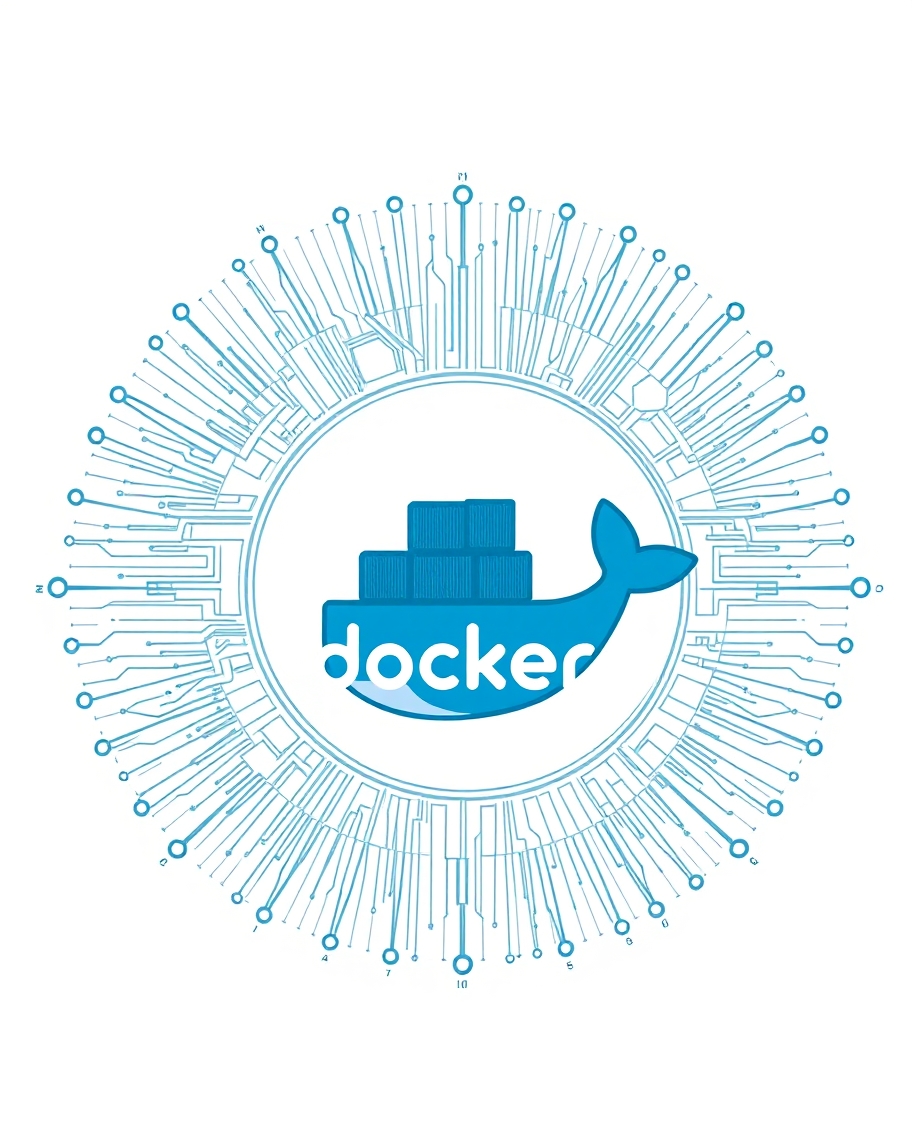My Docker Learning Journey: Overcoming Challenges
 Danial Gohar
Danial GoharTable of contents
- Introduction
- So, What Exactly is Docker?
- Getting Docker Up and Running
- The Good and the Not-So-Good About Docker
- Diving into Docker's Core Components
- My Go-To Docker Commands
- Understanding Dockerfile: The Recipe for Containers
- Keeping Data Safe: Docker Volumes
- Making Your Containers Accessible: Exposing Ports
- Docker Hub: Your Image Repository
- Real-World Troubleshooting: Hosting a Website with Apache
- Final Thoughts

Introduction
Hey there, fellow tech adventurers! I recently dove headfirst into the world of Docker, and wow, what a journey it’s been! From mastering Docker basics to tackling real-world challenges, I've picked up a treasure trove of knowledge. I'm here to share my Docker escapades with you, and a big shoutout to Technical Guftgu on YouTube for being an incredible guide along the way.
So, What Exactly is Docker?
Imagine Docker as a magical suitcase for your app and its dependencies. It lets you run your application anywhere—be it your laptop, a friend's computer, or a cloud server—without the dreaded "it works on my machine" woes!
Getting Docker Up and Running
Installing Docker was my first mission, and it was surprisingly smooth. The process varies by operating system, but Docker’s official documentation is a lifesaver:
Windows: Just grab Docker Desktop.
Mac: Same deal—Docker Desktop is your friend.
Linux: A bit more involved, but still manageable.
Pro tip: After installation, run docker --version to ensure everything’s shipshape.
The Good and the Not-So-Good About Docker
Why Docker is Awesome:
Consistency Everywhere: Your app behaves consistently, whether on a developer’s laptop or a cloud server.
Resource-Efficient: Containers are lighter than traditional virtual machines, sharing resources with the host.
Scalability: Scaling your app up or down is a breeze.
Where Docker Gets Tricky:
Steep Learning Curve: From basic commands to advanced concepts, there’s a lot to learn.
Security Concerns: Containers share the host kernel, so caution is key.
Handling Data: Data persistence and volumes can be puzzling at first.
Diving into Docker's Core Components
Here’s a quick rundown of Docker’s main components:
Docker Daemon: The "brain" managing everything in the background.
Docker Client: The command-line tool for communicating with the daemon.
Docker Host: The machine running the Docker daemon.
Docker Images and Containers: Images are templates; containers are the running instances.
My Go-To Docker Commands
These commands have been lifesavers:
docker run# Launch a new containerdocker ps# List active containersdocker stop# Stop a running containerdocker rm# Remove a containerdocker build# Build an image using a Dockerfile
Understanding Dockerfile: The Recipe for Containers
Think of a Dockerfile as a recipe guiding Docker on how to build your container. It starts with a base image (like Ubuntu) and installs what you need:
RUN apt-get update && apt-get install -y nginx
COPY index.html /var/www/html
CMD ["nginx", "-g", "daemon off;"]
Keeping Data Safe: Docker Volumes
Containers are stateless by default, meaning data vanishes when they stop. Docker volumes help you keep data intact across restarts:
docker volume create my_volume
docker run -v my_volume:/data my_image
Making Your Containers Accessible: Exposing Ports
To make your container’s service accessible from outside, you need to expose its ports. For instance, to make a web app on port 80 available:
docker run -p 80:80 my_image
Docker Hub: Your Image Repository
I explored Docker Hub, where you can pull images from others or push your own creations:
docker pull ubuntu # Pull a basic Ubuntu image
docker push myusername/myapp:latest # Push your custom image
Real-World Troubleshooting: Hosting a Website with Apache
Here’s where things got interesting. I set up an Apache server on an EC2 instance, but the public IP wasn’t working. It turned out to be a security group issue in AWS.
The Fix:
Update the Security Group:
I went to the EC2 dashboard, selected the instance’s security group, and added an inbound rule:Type: HTTP
Port: 80
Source: 0.0.0.0/0 (to allow all IP addresses)
Restart Apache:
I restarted the Apache service for good measure:
sudo systemctl restart apache2
Voila! The website was now accessible through the public IP. Solving this felt fantastic!
Final Thoughts
Learning Docker has been both challenging and rewarding. I've gained practical skills and tackled issues like my Apache hosting problem. The Technical Guftgu channel was a fantastic resource, simplifying Docker concepts.
If you’re new to Docker, start with the basics. Don’t stress about getting everything perfect right away. Troubleshooting and problem-solving are part of the learning curve. Keep pushing those containers, and soon enough, you’ll be a Docker pro!
Subscribe to my newsletter
Read articles from Danial Gohar directly inside your inbox. Subscribe to the newsletter, and don't miss out.
Written by
